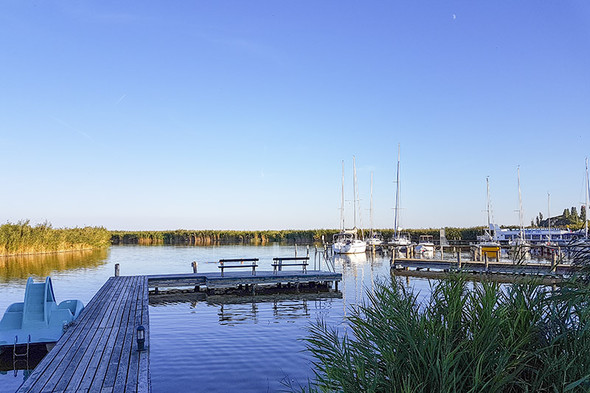When thinking of Austrian wine, what springs to mind but Grüner Veltliner and Riesling. More than 20% of Austria’s vineyards are planted to Grüner Veltliner, followed by around 12% Riesling, and in most people’s minds, Austria is white wine country. Elegant mineral white wines produced on steep slopes overlooking the Danube. However, the easterly vineyards surrounding Lake Neusiedl (Neusiedlersee, or Fertő-tó in Hungarian) in the Burgenland are home to some of Austria’s greatest noble sweet wines and increasing amounts of elegant reds from Zweigelt, Blaufränkisch, St Laurent and Pinot Noir.
The second thing that comes to mind is ‘antifreeze’. Jokes about Austrian wine and antifreeze persist till today due to the diethylene glycerol scandal in the 1980s. In the middle of the twentieth century, you might be surprised to learn, Austria was the third biggest wine producer in the world – not Italy or Spain, like today. However, it was exporting high volumes of bulk wines, often sweet, much of which went to Germany to bolster their wines. ‘Enterprising’ wine brokers and producers discovered that adding diethylene glycerol (more commonly found in antifreeze) to their wines in poor vintages imparted additional sweetness and body to thin, acidic wines. The scandal broke and Austrian wine exports collapsed immediately. Austria had to reinvent itself in response and has now very successfully repositioned itself as a producer of high-quality dry white wines over the course of several decades, with the emphasis on quality rather than quantity.
The Burgenland vineyards buck the trend here in that they focus mainly on red wines, predominantly from Blaufränkisch and Zweigelt (around 8% of the national total under vine each), and fabulous botrytised sweet wines from around Lake Neusiedl. These wines struggle to make their voices heard from within the sea of Grüner Veltliner and Riesling that the world now associates with Austria. The region’s position was further weakened in that its traditional speciality was sweet wine, no longer considered fashionable in the late twentieth century. Ruster Ausbruch, produced since the sixteenth century in Rust, a prosperous town on the western shore of the lake celebrated for its storks, is a naturally sweet wine somewhere in sugar levels between Beerenauslese (BA) and Trockenbeerenauslese (TBA), made by fermenting botrytised grapes with a small quantity of fresher grapes. Like Tokaj Aszú, Ruster Ausbruch was widely traded and soon won international recognition. In 1524, local producers were even given permission to stamp an ‘R’ on their barrels as an early form of origin protection. But the world has not been kind of late to sweet wines, although maybe the tide is now turning and such noble sweet wines will once again take their place among the world’s most desirable wines.
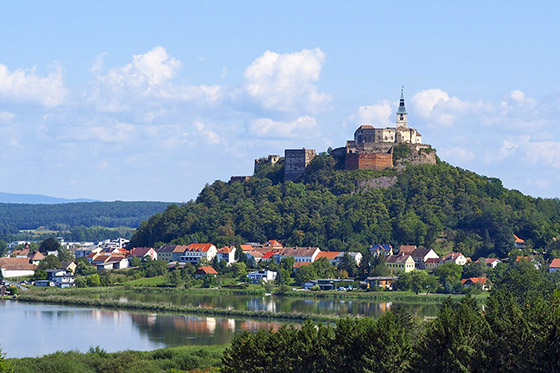
The Burgenland has seen more than its fair share of suffering in the twentieth century. This most easterly part of Austria’s winelands, hugging the Hungarian border and surrounding Lake Neusiedl, has been producing wine since the Roman times and ranks among the oldest winegrowing zones in the world – grape pips were found here in burial remains from 8 BC. Yet, the last century was not overly kind to it. Part of Austro-Hungary until after WWI, the region’s boundaries shifted, with the majority of the region opting to remain in Austria, rather than Hungary. Its head was chopped off too, as Sopron, Burgenland’s capital, voted to form part of Hungary, with Eisenstadt later being selected as its capital. The last vestiges of Hungarian viticultural tradition hung on for a while, but Hungarian varieties like Furmint went into decline and varieties such as Welschriesling and Neuburger took their place.
The next blow was WWII, which followed upon several decades of economic stagnation. Like much of Austria, vineyards were destroyed and wine cellars looted by Soviet troops who remained until 1956, the year of the Hungarian Uprising. Only then did investment in viticulture return to the region. And then the ‘antifreeze’ scandal struck. Burgenland producers were also implicated for ‘enriching’ their wines to add sugar, body and botrytis character to their wines. Like all over Austria, the many suffered thanks to the actions of a few. The Burgenland also had to up its game and reinvent itself.
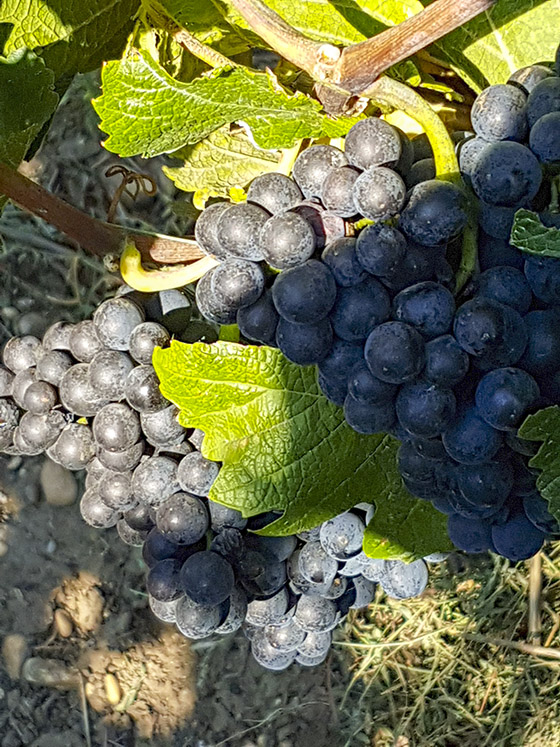
So, what’s the situation around Lake Neusiedl now?
Stylistically very diverse, producing both dry red and white wine and sweet dessert wine, the Burgenland comprises four sub-regions (Mittelburgenland, Südburgenland, Neusiedlersee and Neusiedlersee-Hugelland) and includes four DACs (Eisenberg and Mittelburgenland for Blaufränkisch, Leithaberg for Blaufränkisch and Grüner Veltliner, Weißburgunder (Pinot Blanc) and Chardonnay for whites, and Neusiedlersee for Zweigelt), with two subregions, containing two DACs bordering the lake
Dominating the region is Lake Neusiedl, a shallow steppe lake, which loses around 40% of its contents in evaporation every summer and occasionally dries up entirely for periods (most lately in 1866). The lake helps to create a mild, stable climate all year round and is therefore the viticultural focus of the region. Its tempering influence helps to lengthen the growing season, facilitating the cultivation of late-ripening grapes like Blaufränkisch and Grüner Veltliner, and the warm, Pannonian-influenced climate enables it to produce bright, intense, fruit-driven reds. And, most importantly for sweet wines, its morning mists and warm autumn sunshine create the ideal conditions for the noble rot, botrytis, to thrive. Grapes for sweet wines are grown on the flatter lands closer to the lake, whereas dry white and reds originate from the higher, more hilly areas further from the lake.
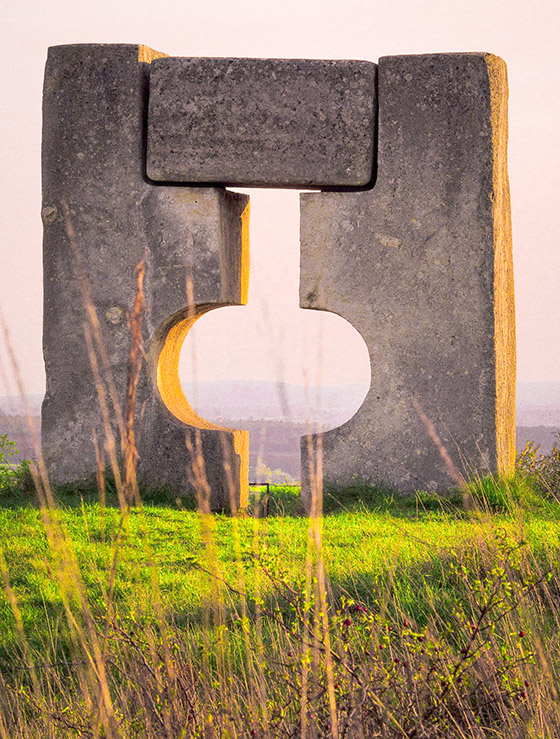
On the western shore of the lake, Rust continues to produce Ausbruch, the slightly oxidised style with mineral saltiness that made the region famous. It uses a large range of grapes and is even reviving the Hungarian grape, Furmint, which gives higher acidity and great longevity. In 1991, the Cercle Ruster Ausbruch was formed by a group of devoted producers to promote and defend the style. Rust is also a source of both dry white and red wines, including some outstanding Blaufränkisch, but declined to join the Leithaberg DAC, established in 2010, along with the southern Rosalia area of the Neusiedlersee-Hugelland, meaning it can only label its wines Burgenland
The Leithaberg DAC takes in the cooler, hillier western Leithagebirge range of mountains. Its heavily forested south and east-facing limestone slopes are the source of elegant, expressive Blaufränkisch with notable minerality, grippy tannins and higher acidity than on the eastern shore of the lake. Wines here are influenced both by warm winds from the lake, aiding ripeness, and cooling altitude, helping retain fruitiness, freshness and elegance. The wines must be 85% Blaufränkisch and can contain up to 15% St Laurent, Pinot Noir or Zweigelt. Complex white Leithaberg DAC wines are produced from Weißburgunder, Chardonnay, Neuburger and Grüner Veltliner, either as a varietal wine or a blend.
The Neusiedlersee subregion spanning the northern and eastern shores of the lake also produces a combination of both sweet and dry styles. The warmest of the Burgenland regions, Zweigelt is the dominant variety here, producing powerful juicy, spicy reds, which are the subject of the official Neusiedlersee DAC, launched in 2012 and based around the town of Neusiedl in the north. The Klassik wines must be 100% Zweigelt, whereas the Reserve wines may contain up to 40% of any combination of the other reds produced in the region – its parent varieties Blaufränkisch and St Laurent, and Pinot Noir, known here as Blauburgunder.
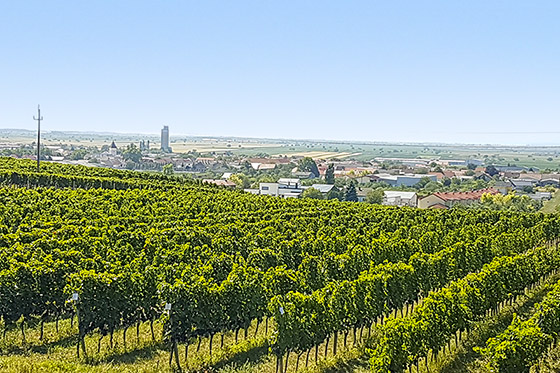
Also, in the north of the region, around the town of Gols, several producers joined forces in 1994 prior to the introduction of the DAC system to found the Pannobile ‘brand’. The dynamic band of winemakers now numbers nine and they are committed to producing individual wines that reflect the typicity and quality of the region’s wines. The grapes must have been grown in the best parcels of the defined Pannobile area, which includes such famous vineyards as Ungerberg and Altenberg, and must only comprise one or a blend of Zweigelt, Blaufränkisch and St Laurent for the reds and Chardonnay, Wei¤burgunder, Neuburger and Grauburgunder (Pinot Gris) for the whites. Each producer can select one red wine, and some, not all, select one white, as their candidate for Pannobile, with the wines being tasted before approval. The selected wines each have their own special individual character, but are clearly recognisable as coming from the same stable. The individual producers come together and cooperate like a group of friends, simply with the additional focus of an active social agenda.
The eastern shores of the lake, with the unique climate provided by its nature reserve and numerous smaller lakes around the town of Seewinkel, are also home to wonderful, sweet Beerenauslese (BA), Trockenbeerenauslese (TBA), Strohwein, Schilfwein and Eiswein from varieties such as Welschriesling, Scheurebe, Chardonnay and various Muscats. BA and TBA are produced from grapes with varying levels of botrytis and sugar, whereas Strohwein and Schilfwein are made from healthy grapes dried on straw mats or reeds respectively, and Eiswein can only be made when the temperature drops below -7°C for several days. Much of the area was marshland until relatively recently and only gained international renown when Alois Kracher, Seewinkel’s star producer, sadly now deceased took the region’s wines to the outside world, successfully pitching them against the likes of Sauternes.
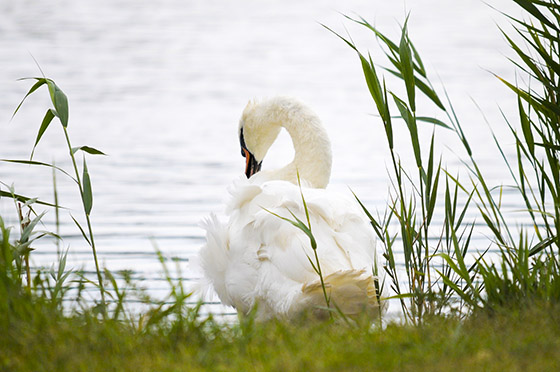
Despite a rather onerous twentieth century, things are looking up in the Burgenland in the twenty-first, with the winemakers around Lake Neusiedl succeeding in creating a variety of clearly defined styles for themselves. Styles which display the typicity of the region, so powerfully influenced by Austria’s largest lake, and the local grape varieties. We deserve to be hearing more about Lake Neusiedl’s luscious natural sweet wines and fruit-forward, elegant reds in the future.
You can read more about Neusiedl Lake within a few days in the second part of this article.



